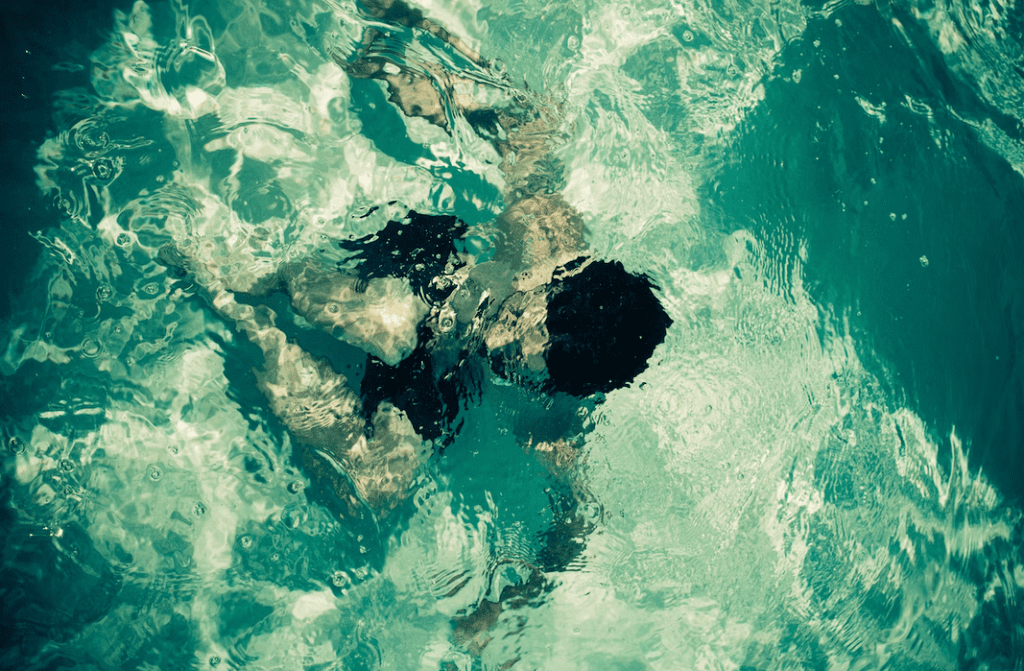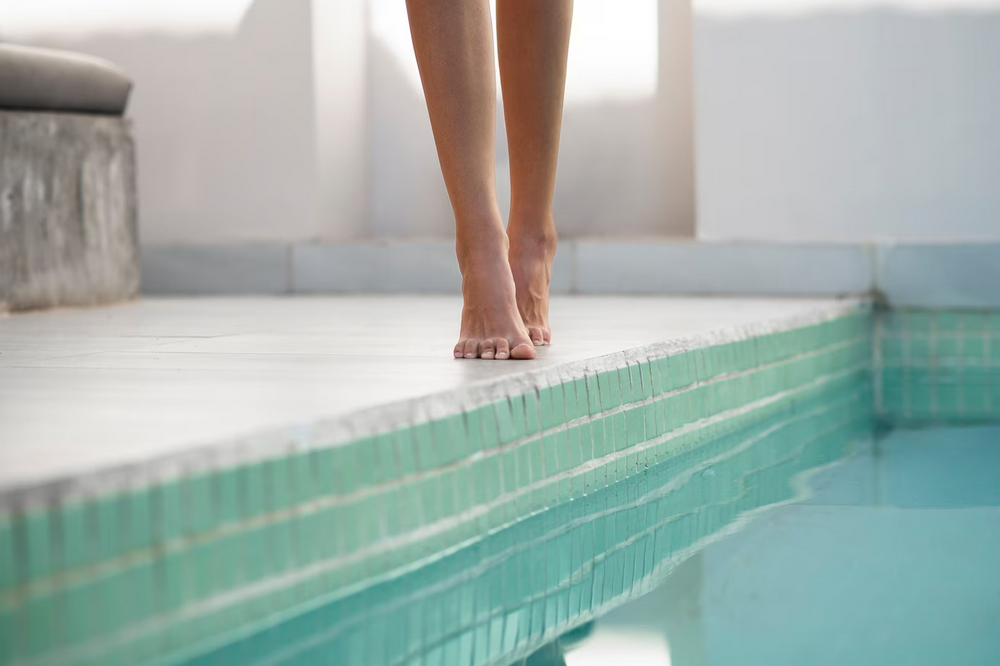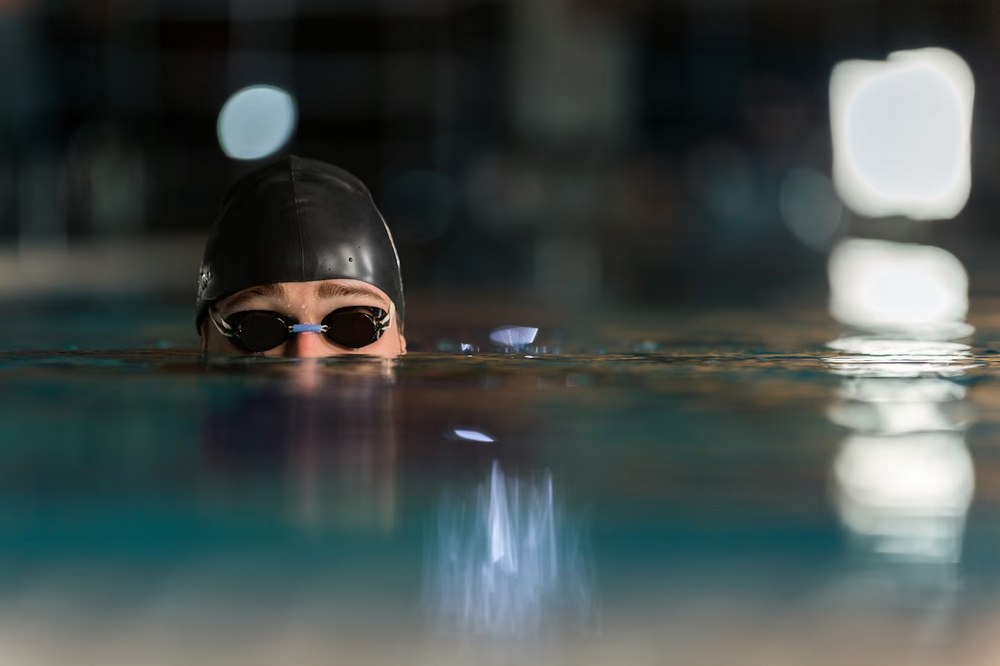Swimming pool accidents are a major cause of injuries for children and adults alike. According to the Centers for Disease Control and Prevention (CDC), there were an estimated 3,536 fatal unintentional drownings in the United States in 2018, and many more non-fatal drownings and other swimming pool related injuries.
It is important to understand the various types of swimming pool accident injuries, the common causes of such accidents, and how to prevent them. This article will discuss the various types of swimming pool accident injuries, common causes of such accidents, and how to prevent them.
Types of Swimming Pool Accident Injuries
Swimming pool accidents can have serious consequences and can cause a variety of injuries. Slip and fall injuries can occur when a wet surface around the pool is not properly maintained and can lead to injuries to the head, back, and limbs.
Drowning and near-drowning incidents can result in permanent brain damage, cardiac arrest, and coma and can be fatal.
Head and spinal cord injuries can occur when a person dives into the shallow end of a pool and can lead to paralysis and other long-term complications.
Chemical-related injuries can occur when the chlorine levels in the pool are too high and can cause skin irritation, eye burning, and respiratory issues.
Slip and Fall Injuries
Slipping and falling in a wet environment can lead to a variety of physical harm, ranging from scrapes and bruises to more serious injuries.
Common slip and fall injuries that result from swimming pool accidents include:
- Traumatic Brain Injury (TBI)
- Spinal Cord Injury (SCI)
- Broken Bones
- Lacerations and Contusions
These injuries can be caused by a variety of factors, including slippery pool surfaces, uneven surfaces, and improper diving board maintenance.
Slip and fall injuries can range from mild to severe, and can lead to permanent disability or even death.
To reduce the risk of slip and fall injuries, pool owners should make sure that all safety equipment is in proper working order, that the pool area is well lit, and that all slippery surfaces are treated with an anti-slip material.
Drowning and Near-Drowning Incidents
Drowning and near-drowning incidents can lead to devastating consequences, including permanent disability and even death. According to the Centers for Disease Control and Prevention (CDC), in the United States, an average of 10 people die from unintentional drowning every day. This includes both children and adults. Of these, two are children aged 14 and younger.
An additional estimated 50 people per day are hospitalized due to nonfatal drowning incidents. Moreover, many of these individuals sustain severe and permanent neurological injuries, due to a lack of oxygen to the brain.
Therefore, it is essential that swimming pool owners take proper precautions to ensure that their pools are not a source of injury or death. Swimming pool safety measures should include proper fencing and gate design, as well as providing adequate supervision. Additionally, swimming pool owners should have rescue and lifesaving equipment readily available, and should ensure that everyone in the pool is aware of basic safety rules.
Furthermore, all swimming pool owners should ensure that their pools are regularly inspected and maintained in order to prevent accidents from occurring.

Head and Spinal Cord Injuries
Head and spinal cord injuries can have a significant impact on a person’s life, with long-term physical, psychological, and social implications.
These types of injuries can occur in swimming pool accidents, often due to diving into shallow water or hitting the bottom of the pool.
Head and spinal cord injuries often lead to permanent physical damage, such as paralysis, impairments of bodily functions, and cognitive deficits.
Furthermore, such injuries can result in long-term psychological trauma, such as post-traumatic stress disorder, depression, and anxiety.
Social implications can also be severe, as individuals with these types of injuries may be unable to participate in activities they previously enjoyed, including swimming.
For these reasons, it is important to take steps to prevent swimming pool accidents and the associated head and spinal cord injuries.
This can include proper supervision, providing life jackets, and ensuring that pool depths are clearly marked.
Chemical-Related Injuries
Chemical-related injuries can occur as a result of exposure to hazardous materials in swimming areas, leading to potential health risks. These hazardous materials may include chlorine, bromine, algaecides, and other chemicals used to sanitize or treat swimming pools. When these chemicals are used in high concentrations or are exposed to skin for long periods of time, they can cause skin irritations, rashes, and other reactions. Inhalation of the chemicals can cause respiratory irritation, asthma-like symptoms, and other serious health problems. In extreme cases, the chemicals can even cause blindness or death.
Chemical-related injuries can also occur when pool users are exposed to contaminated water. Contamination can occur from a variety of sources, such as human waste, spilled chemicals, or from leaking pipes. Exposure to contaminated water can result in gastrointestinal illnesses, ear and eye infections, and skin infections. In addition to the immediate physical effects, contaminated water can also contain bacteria and viruses that can cause long-term health problems.
It is important to ensure that pools are properly maintained and that pool users are aware of the potential risks associated with chemical exposure.
Common Causes of Swimming Pool Accidents
Swimming pool accidents can lead to serious injury if not properly managed. This paper will discuss common causes of swimming pool accidents.
The common causes of swimming pool accidents include lack of supervision or lifeguard negligence, slippery surfaces and uneven pool decks, faulty or absent pool barriers, and insufficient safety equipment.
It is important to understand the potential risks and safety measures to reduce the likelihood of swimming pool accidents.
Lack of Supervision or Lifeguard Negligence
With inadequate supervision of aquatic activities, potential risks can arise and lead to serious incidents. In the case of swimming pool accidents, a lack of supervision or negligence on the part of a lifeguard can lead to tragic results.
Such negligence can take the form of:
- Not scanning the pool area frequently enough to ensure that swimmers are safe.
- Not responding to an emergency situation in a timely manner.
- Not having the necessary equipment, such as life rings and rescue tubes, readily available.
All of these factors can contribute to the severity of swimming pool accidents, and can lead to serious injury or death. In addition to the physical harm, victims of such accidents may suffer emotional trauma as well.
In order to prevent such accidents, it is important for pool operators to ensure that lifeguards are properly trained and regularly monitored to ensure that they are providing adequate supervision.
Slippery Surfaces and Uneven Pool Decks
Following the discussion of lifeguard negligence, another cause of swimming pool accidents and subsequent injuries is slippery surfaces and uneven pool decks.
Slippery surfaces and pool decks can lead to slips and falls, which can cause serious and sometimes even life-threatening injuries. Furthermore, these injuries can be particularly severe when the pool deck is also uneven and the person slips and falls on an uneven surface.
The responsibility to ensure a safe pool environment rests with the pool owner. Pool owners should regularly inspect the pool deck and repair any uneven surfaces. They should also ensure that the deck is not slippery by treating it with a non-slip material or by maintaining the pool deck so that it does not become slippery.
Additionally, pool owners should also provide signs warning of slippery surfaces and provide shoe mats at the entrance of the pool. Regular maintenance of the pool deck, combined with proper warning signage, can help to reduce the risk of swimming pool accidents and injuries due to slippery surfaces and uneven pool decks.

Faulty or Absent Pool Barriers
Pool barriers play an important role in creating a safe environment for swimmers, yet faulty or absent barriers can lead to dangerous scenarios.
When pool barriers are not present or are in disrepair, children and adults can easily access the pool area without permission, increasing the risk of accidental drowning or other swimming pool related injuries.
Additionally, inadequate pool barriers can be ineffective in preventing unauthorized access to the pool area, as well as hazardous if falling objects are not diverted away from the pool.
To ensure pool safety, pool barriers should be inspected on a regular basis.
Barriers should be sturdy and installed properly, with no gaps or openings that could allow a person or object to fall into the pool.
If a pool barrier is broken or missing, it should be repaired or replaced as soon as possible.
It is also important to check for any potential hazards near the pool, such as furniture, toys, or chairs, that can be used to climb over the barrier.
By taking these steps, pool owners can help ensure that their pool is as safe as possible for all swimmers.
Insufficient Safety Equipment
Without the proper safety equipment, the risks associated with a swimming environment can be greatly increased. These items should include, but are not limited to, life jackets, personal flotation devices, and a rescue tube.
The use of such safety equipment can help reduce the chances of a swimming pool accident occurring. For example, life jackets can help to keep swimmers afloat in the event that they become tired or weak while in the water. In addition, personal flotation devices can be used to support swimmers who are not confident in their swimming abilities. Finally, the rescue tube can be used to quickly reach a struggling swimmer and bring them to safety.
It is also important to ensure that all safety equipment is properly maintained and in good condition. This can help to prevent a swimming pool accident from occurring due to faulty or broken equipment. For example, a life jacket that is torn or has lost its buoyancy can be a major hazard if someone were to become stuck in the water.
Likewise, a flotation device that is not properly maintained may not be able to provide the necessary support for a swimmer in need. Therefore, it is essential that all safety equipment is regularly inspected and replaced when necessary.
Prevention of Swimming Pool Accidents
Taking proper precautions at aquatic facilities can help guard against the potential for harm. To ensure the safety of swimmers, there are a few easy steps that can be taken. These include:
- Ensuring all swimmers are aware of safety rules:
- Posting signs around the pool to remind swimmers of the rules.
- Providing verbal reminders and instruction to swimmers.
- Encouraging swimmers to ask questions if they are unsure of a rule.
- Ensuring the appropriate number of lifeguards are present:
- Making sure the lifeguards have the proper certifications and are trained in emergency procedures.
- Having a designated area where lifeguards can take regular breaks.
- Having the lifeguards rotate through different pool areas.
- Maintaining appropriate pool conditions:
- Testing the pool water regularly for pH levels and other contaminants.
- Keeping the pool area clean and free of debris.
- Ensuring all safety equipment is in good condition and accessible at all times.
By taking these steps, aquatic facilities can help reduce the risk of swimming pool accidents and injuries. Proper education, supervision, and maintenance are key to ensure the safety of all swimmers.
Drowning Prevention
Drowning is a major cause of death in the aquatic environment and can be prevented through the implementation of safety measures. The most effective drowning prevention strategies include adult supervision of children, fencing of swimming pools, teaching of swimming skills, and the use of life jackets. Each of these strategies can be used in combination to create a comprehensive approach to drowning prevention.
| Strategy | Description | Benefits |
| Adult Supervision | Adult supervision of children near swimming pools or other bodies of water. | Reduces the risk of a child drowning or experiencing a water-related accident. |
| Fencing | Fencing around swimming pools to restrict access to the pool. | Helps to prevent unauthorized access to the pool, decreasing the chances of a drowning incident. |
| Swimming Skills | Teaching children swimming skills, such as floating and treading water. | Increases the chances of survival if a child does enter the water unexpectedly. |
| Life Jackets | The use of life jackets when near bodies of water. | Provides additional buoyancy and support in the event of a submersion. |
In order to effectively reduce the chance of a drowning incident, a combination of these strategies should be implemented. This will help to ensure the safety of individuals near pools, lakes, and other bodies of water.
Slip and Fall Prevention
Slip and fall prevention is an important step for reducing the risk of serious injury in any environment, particularly in swimming pools.
Slip and fall injuries are a leading cause of accident-related deaths, with falls accounting for more than 800,000 hospitalizations every year in the United States alone.
In swimming pools, slip and fall accidents can occur due to wet floors, slippery surfaces, broken tiles, or other obstacles.
To reduce the risk of slips and falls, pool owners should ensure that the area is kept free of debris and clutter, and that the floors and walkways are properly maintained.
Additionally, appropriate signs should be posted to alert visitors to potential hazards, and non-slip mats should be used near areas of high traffic.
Pool owners should also ensure that the pool deck is properly lit, and that regular inspections are conducted to identify any potential safety risks.
With these steps in place, pool owners can help to reduce the risk of serious injury due to slips and falls.
Pool Equipment Malfunction Prevention
Malfunctioning pool equipment can lead to serious consequences, requiring preventive measures to ensure user safety. The risks of injury and death due to malfunctioning pool equipment are particularly concerning, as they can affect all ages, from young children to the elderly.
Preventive measures should be taken to ensure the safety of users and to reduce the potential for serious injury or death:
- For Pool Owners:
- Ensure that all pool equipment is regularly inspected and maintained.
- Make sure all safety devices are working properly and are in good condition.
- Follow all manufacturer instructions for proper installation and use of pool equipment.
- For Pool Users:
- Pay attention to any warning signs posted near the pool.
- Never use pool equipment that appears to be malfunctioning.
- Avoid using the pool if someone else is using pool equipment that appears to be malfunctioning.
These preventive measures can help reduce the risk of serious injury or death due to malfunctioning pool equipment. To minimize the risk of accidents, it is important for pool owners and users to be aware of the potential dangers of malfunctioning pool equipment.
Conclusion
Swimming pools can be a great source of fun and recreation, but it is important to remember that they can also present a significant safety hazard.
It is important to educate oneself on the common types of swimming pool accident injuries, as well as the potential causes of such accidents.
Furthermore, it is important to take preventative measures to reduce the likelihood of an accident occurring, such as drowning prevention, slip and fall prevention, and pool equipment malfunction prevention.
By taking the necessary precautions and being aware of the potential safety risks, swimming pool users can ensure that their time spent in the pool will be as safe and enjoyable as possible.
If you or a loved one has been involved in a swimming pool accident, it’s crucial to seek legal help and understand the personal injury claim process. Contact 1-800-ASK-GARY for the support you require.


